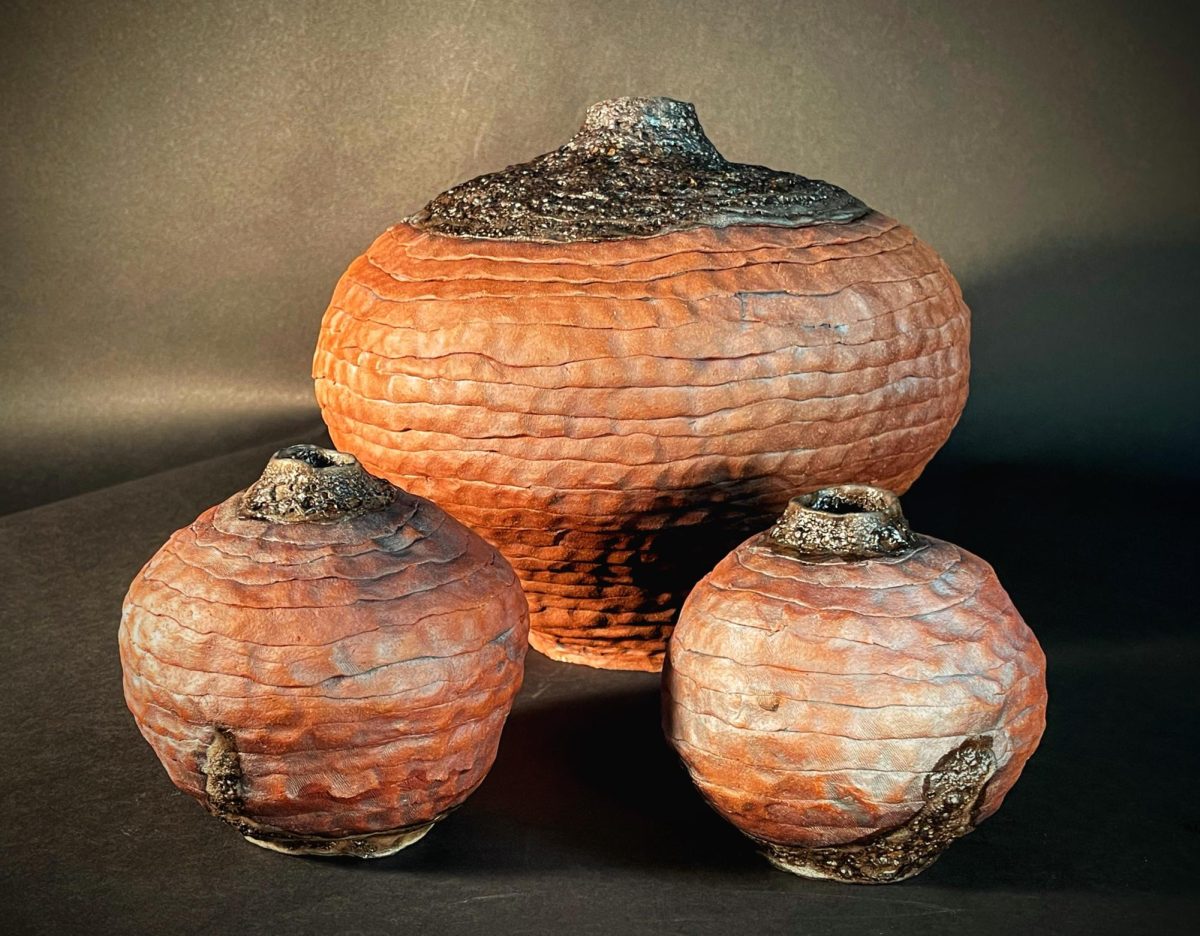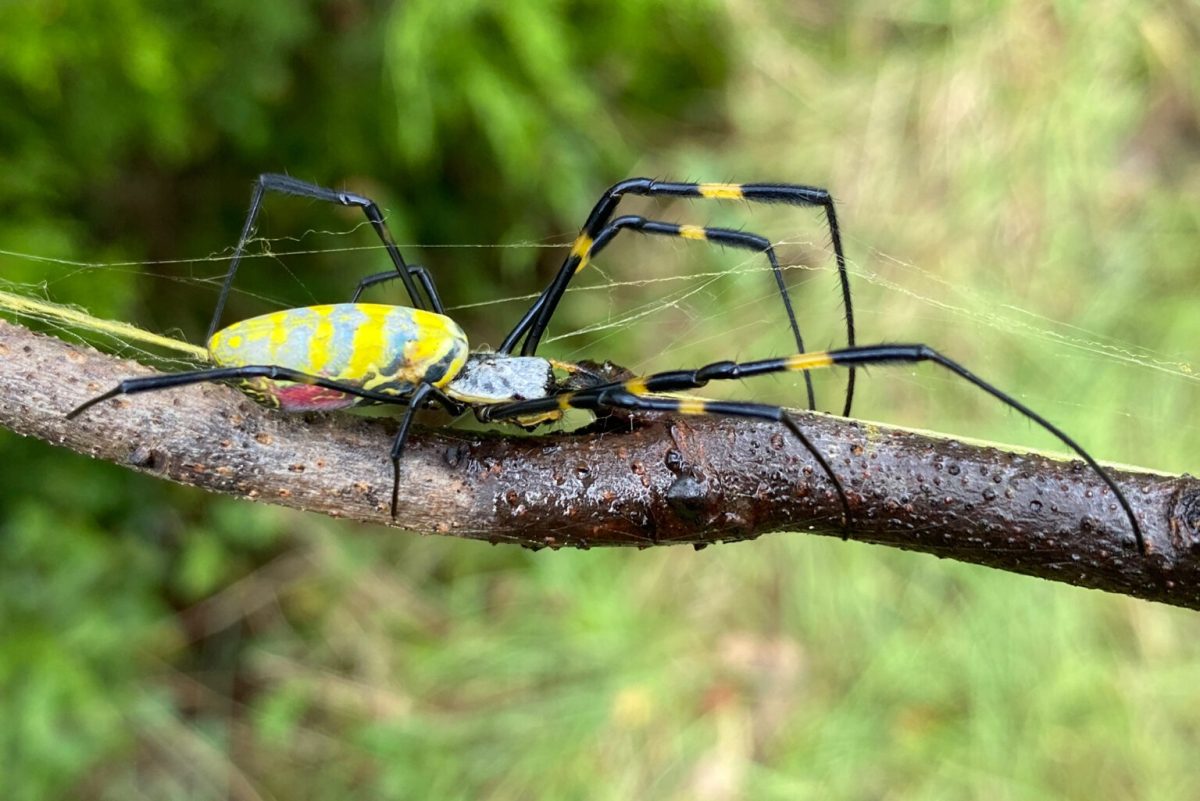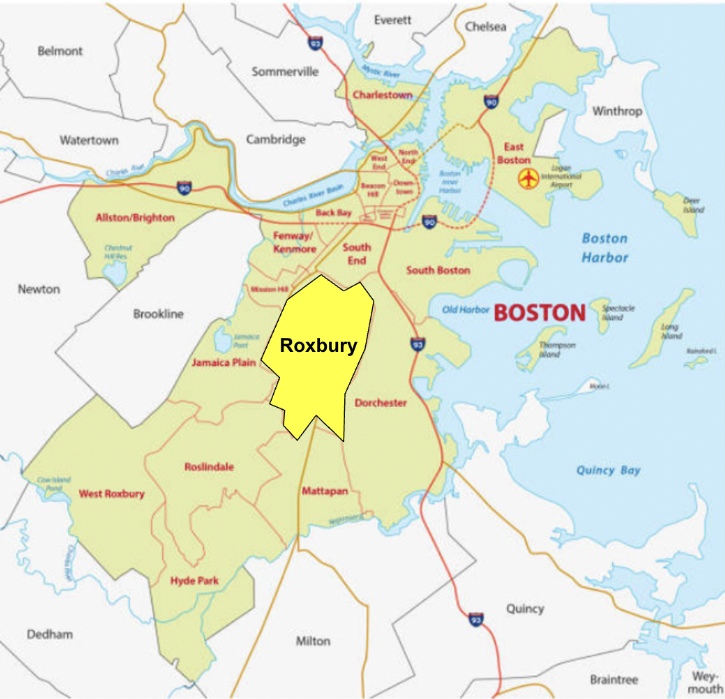If you have ever watched the movie Arachnophobia, you know that the idea of giant spiders invading your town is terrifying. However, this alarming concept might end up being reality as researchers have discovered that Joro spiders may be on the move to the Northeast of America.
Joro spiders are native to Japan. The spiders first appeared in Georgia in 2013 and probably traveled as stowaways on shipping containers. Joro spiders have already spread into other neighboring southeastern states. They can grow up to three inches long and can create webs up to three to four feet in diameter. They have distinctive yellow, blue, or red bodies. Their name is inspired by a spider in Japanese folklore, Jorōgumo, who can shapeshift into a woman to beguile, capture, and devour men.
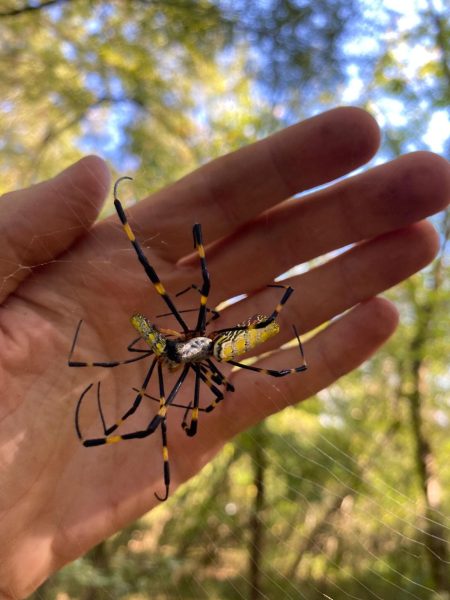
The Joro spider is the relative of the Golden Silk spider who traveled from the tropics to the southeastern US about 160 years ago. However, the Golden Silk spider is unable to move up north due to its vulnerability to the cold. Using iNaturalist records, researchers tracked spider movements across Georgia throughout the year and compared the Golden Silk and the Joro spiders’ cold tolerance and metabolic, heart, and survival rates during freezes. The results showed that Joro spiders have double the metabolism of their relatives, have a 77% higher heart rate, and can survive freezes in which Golden Silk spiders die. Ultimately, they can function better in a colder climate than the Golden Silk spiders. Also, since Japan has roughly the same latitude and climate as the US, researchers believe that Joro spiders could survive throughout most of the Eastern Seaboard.
While researchers do not know the exact timeline of the Joro spider migration, they are expected to show up by spring 2023. Joro spiders prefer the act of “ballooning” to move by using their silks and the wind to transport them. Humans also play a role in the migration as the spiders catch rides on cars or in luggage.
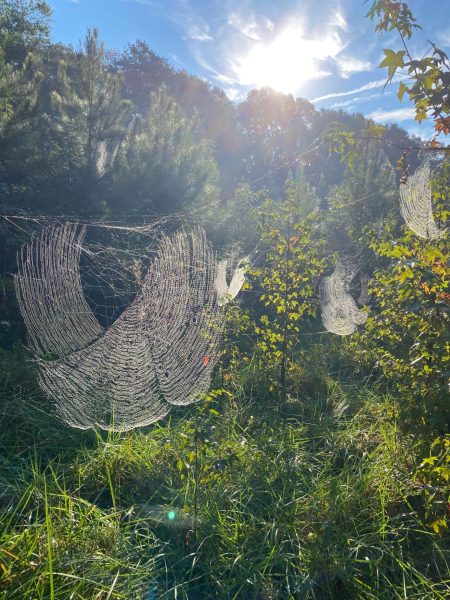
Luckily, the movement of the Joro spiders could actually be a good thing as they would not affect local food webs or ecosystems. They could be an additional food source for native predators as well as consuming other invasive species such as the brown marmorated stink bug. They would also rather hang out in gardens or other nature-filled areas than houses. Even if you do happen to run into one, they are essentially harmless to people and pets. Joro spiders will not bite unless they are cornered and their fangs are too small to break human skin.
While Joro spiders may seem frightening, they are truly gentle creatures. In fact, they will probably help us far more than they are even capable of hurting us.
Sources:
- https://news.uga.edu/joro-spiders-likely-to-spread-beyond-georgia/
- https://www.npr.org/2022/03/16/1086832812/joro-spider-first-discovered-in-georgia-makes-its-way-to-neighboring-states#:~:text=He%20says%20the%20joro%20spider,legs%20sticking%20out%20of%20it.
- https://www.wusa9.com/article/news/local/dc/spiders-joro-dc-maryland-virginia/65-4521eaf0-4cad-41bc-959d-821525eed1b9

















